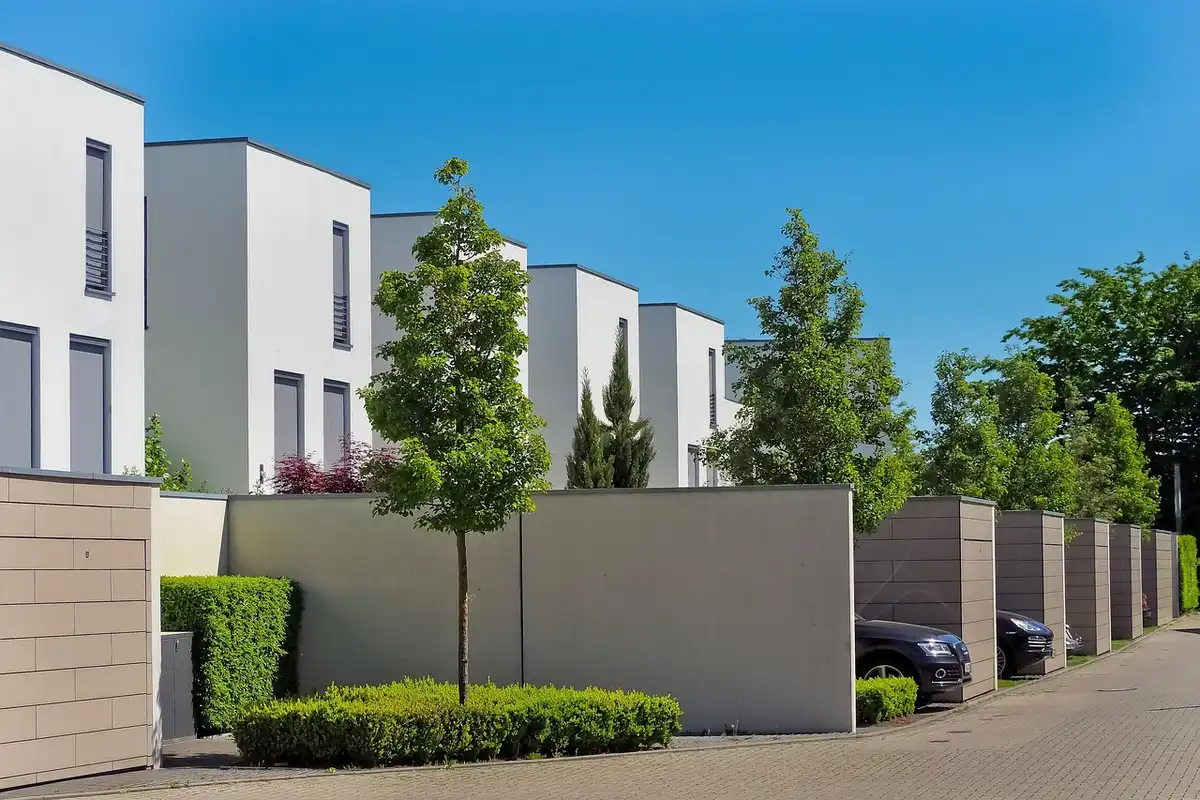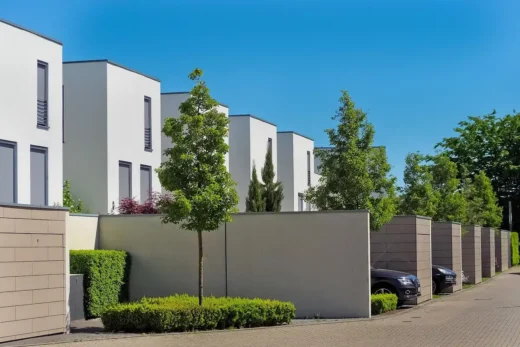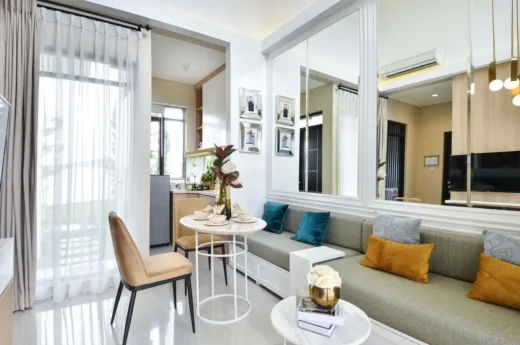1919/13 Energy Block 0.17 U-value, Modern building insulating material
The Power of the .17 U-Value 1919/13 Energy Block
9 May 2025
Unlocking Architectural Efficiency: The Power of the .17 U-Value 1919/13 Energy Block
In the evolving landscape of sustainable building design, few innovations match the game-changing performance of the 1919/13 Energy Block, particularly its exceptional .17 U-value. For architects, engineers, and environmentally conscious developers, this advanced masonry product is not just a building block—it’s a solution to some of the most persistent challenges in construction: heat loss, energy efficiency, and long-term cost savings.
What Is a U-Value, and Why Does .17 Matter?
To understand the significance of the 1919/13 Energy Block, it’s essential to grasp the concept of the U-value. The U-value measures how well a building material conducts heat—the lower the U-value, the better the material is at insulating. In cold climates, a low U-value means less heat escapes; in warm climates, it keeps unwanted heat out. For comparison, standard masonry blocks often have U-values in the range of 0.35 to 0.45. Achieving a U-value of 0.17 is not just impressive—it places the 1919/13 Energy Block in a league of its own.
Minimizing Heat Loss in Cold Months
One of the most significant advantages of the .17 U-value Energy Block is its outstanding ability to minimize heat loss during colder months. For buildings located in regions with long, harsh winters, heating costs can be a major financial burden. Traditional construction materials often allow substantial thermal bridging, causing interior warmth to seep out and forcing heating systems to work harder.
The 1919/13 Energy Block combats this issue head-on. Its ultra-low U-value significantly reduces thermal conductivity, meaning indoor heat stays inside where it belongs. As a result, occupants enjoy more consistent indoor temperatures and reduced reliance on mechanical heating—translating into real-world energy savings and lower carbon emissions.
Reducing Heat Gain in Warmer Seasons
Just as it keeps the heat in during winter, the Energy Block also excels at limiting heat gain during the warmer months. In hot climates or during summer spikes, buildings made with poorly insulated materials often become heat traps, making air conditioning systems work overtime.
With the 1919/13 Energy Block, this concern is drastically mitigated. The material’s thermal resistance works both ways, keeping the intense heat from penetrating the building envelope. This leads to cooler indoor spaces and a marked decrease in cooling energy consumption, enhancing comfort and operational efficiency.
Performance Meets Practicality
While the thermal performance of the .17 U-value Energy Block is its headline feature, it doesn’t come at the cost of usability or structural integrity. The block is designed to meet rigorous building standards, making it suitable for both residential and commercial construction. Its dimensional precision and ease of integration into standard wall assemblies mean that architects and builders don’t need to compromise on design flexibility or construction timelines to achieve elite energy performance.
Sustainable and Future-Proof
As building regulations become increasingly strict and energy codes more demanding, materials like the 1919/13 Energy Block are not just desirable—they’re essential for future-proof construction. Whether pursuing Passive House certification, LEED credits, or simply meeting ambitious sustainability goals, this block helps meet and exceed expectations.
Moreover, by reducing the need for active heating and cooling systems, buildings constructed with the Energy Block contribute to lower greenhouse gas emissions and a reduced environmental footprint. It’s a clear step toward more responsible and resilient architecture.
1919/13 Energy Block Summary
In a marketplace flooded with promises of efficiency, the 0.17 U-Value 1919/13 Energy Block delivers tangible, measurable results. Its 0.17 U-value is more than a number—it’s a testament to engineering excellence and a powerful ally in creating comfortable, efficient, and sustainable spaces.
For architects and builders looking to push the boundaries of energy-conscious design, this energy block isn’t just an option—it’s the gold standard.
Comments on this guide to 1919/13 Energy Block 0.17 U-value article are welcome.
Property Renewal
Property Build Articles
Aluminium doors for modern homes pros and cons
Creating balance between practical upgrades and taste
Workspace Building Design
Comments / photos for the 1919/13 Energy Block 0.17 U-value page welcome.







